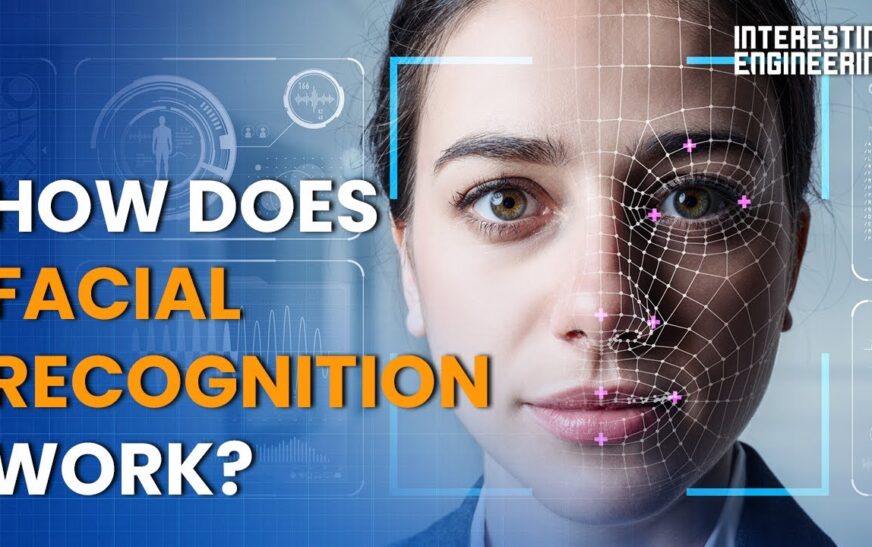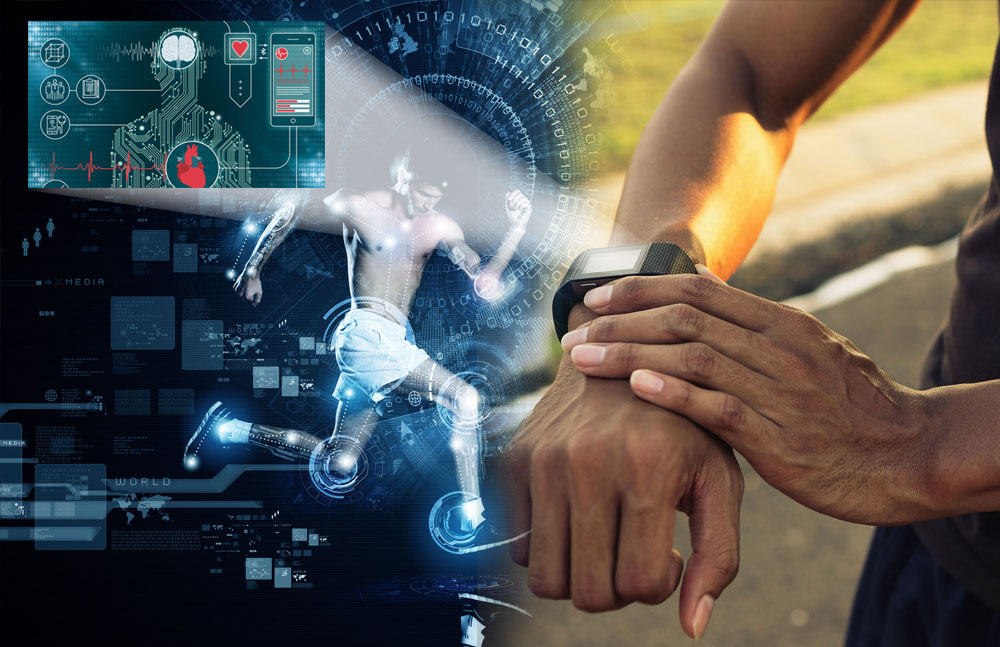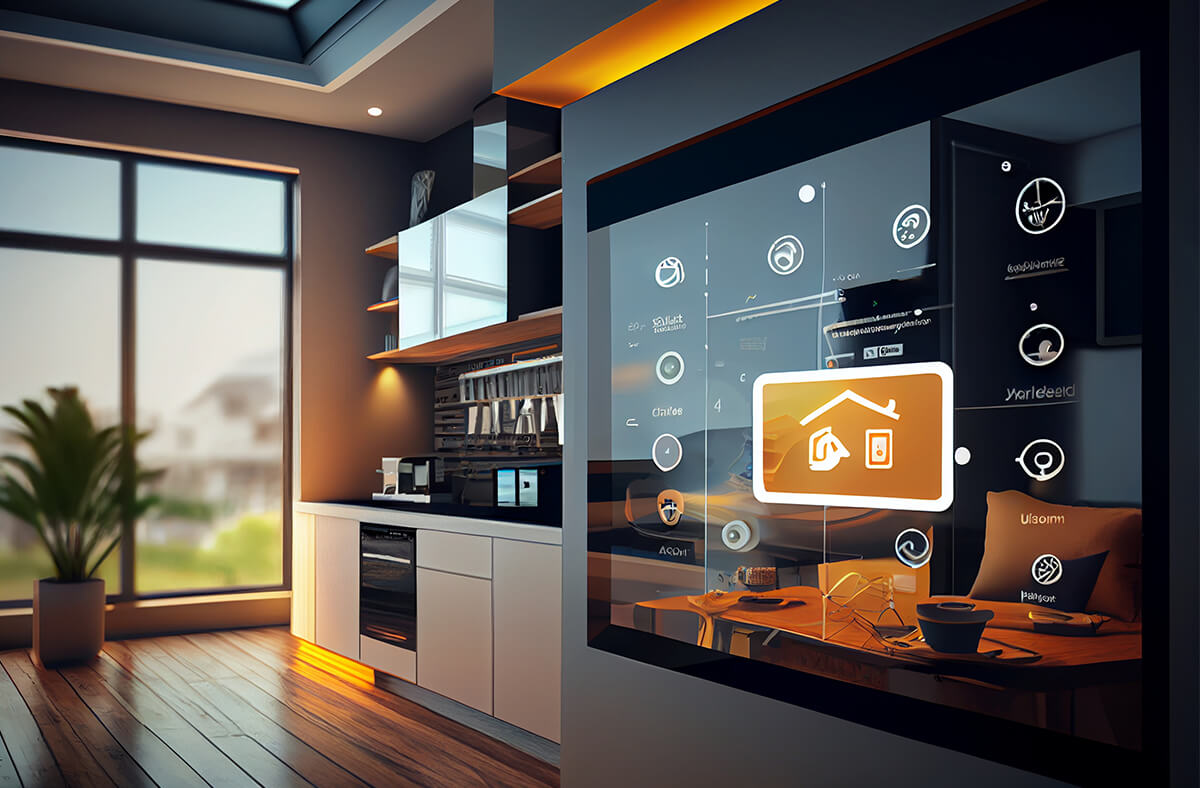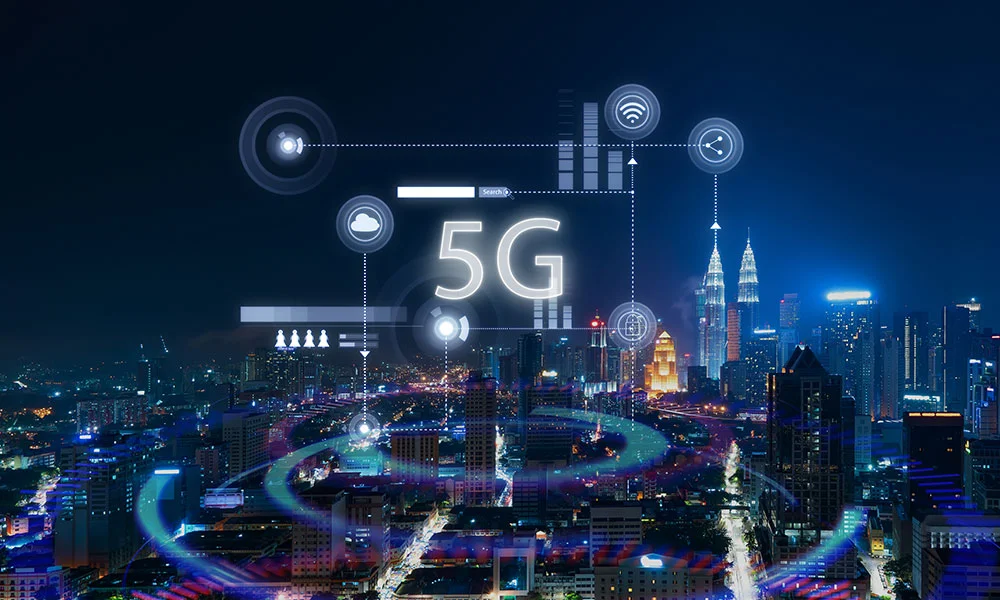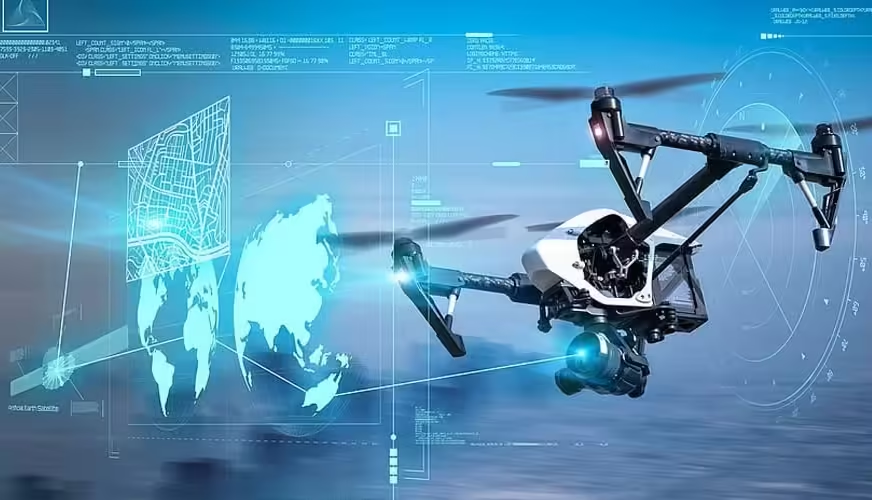Introduction to Facial Recognition Technology
Imagine walking into a building and being instantly recognized without lifting a finger. No ID cards, no passwords – just your face doing all the work.
Facial recognition technology is rapidly transforming how we think about identity verification, merging convenience with cutting-edge security.
As we stand on the brink of this technological revolution, it’s clear that biometrics might be the key to unlocking a safer future for us all.
With rising concerns around privacy and security in our digital age, traditional methods of verifying identity are proving inadequate.
Biometrics offers an innovative solution by leveraging unique physical traits to ensure safe access to sensitive information or spaces.
But what does this mean for us as individuals? How will these advancements shape our daily lives? Dive into the world of biometrics and discover how facial recognition technology is poised to redefine secure identity verification in ways we’ve only begun to imagine.

How Facial Recognition Technology Works
Facial recognition technology analyzes unique facial features to identify individuals. It begins with capturing an image using a camera or smartphone. This initial step is crucial, as the quality of the photo significantly impacts accuracy.
Once the image is taken, sophisticated algorithms map key points on the face. These points include distances between eyes, nose shape, and jawline contours. By creating a mathematical representation of these features, the system can generate a digital “faceprint.”
This faceprint is then compared against databases containing millions of other faces. If there’s a match, identification occurs in mere seconds. The entire process relies heavily on artificial intelligence and machine learning for improved precision over time.
As systems evolve, they become more adept at recognizing faces under different conditions—such as varying lighting or angles—which enhances their reliability across varied applications.

Benefits of Facial Recognition Technology
Facial recognition technology offers significant advantages, transforming how we approach security and convenience. Enhanced safety measures are one of its prime benefits. By accurately identifying individuals in real-time, it helps prevent unauthorized access to secure areas.
Moreover, this technology streamlines processes that once required lengthy identification steps. Think about boarding an airplane or entering a secured building; facial recognition simplifies these experiences, making them quicker and more efficient.
Personalization is another key advantage. Businesses can tailor services based on customer identities, creating unique shopping experiences that cater to individual preferences. This not only boosts customer satisfaction but also fosters loyalty in increasingly competitive markets.
As societies evolve towards smarter solutions for identity verification, the intuitive nature of facial recognition paves the way for seamless interactions across various platforms and environments.

A. Enhanced security and safety measures
Enhanced security and safety measures are critical in today’s world. As technology evolves, so do the methods of identity verification. Biometrics offers a powerful solution.
Facial recognition technology serves as a robust defense against unauthorized access. By analyzing unique facial features, it ensures that only the right individuals gain entry to secure areas. This is particularly vital in places like airports and government buildings.
Moreover, with real-time monitoring capabilities, law enforcement can swiftly identify suspects in crowded environments. The ability to match faces against databases enhances public safety significantly.
The integration of biometrics into mobile devices reinforces personal security too. Users can unlock their phones simply by showing their face or fingerprint, adding another layer of protection to sensitive information.
As we embrace these advancements, society stands poised for a safer future where identity verification is seamless yet fortified against potential threats.

B. Streamlined processes
Facial recognition technology brings a new level of efficiency to various processes. It eliminates the need for manual checks, reducing waiting times and enhancing user experience.
Consider airports, where passengers often face long queues at security checkpoints. With facial recognition systems in place, travelers can breeze through identity verification seamlessly. A simple glance at a camera is all it takes.
Businesses are also reaping the benefits. Retailers use this technology to expedite payments and improve customer service. No more fumbling with IDs or passwords; just an instant scan and you’re good to go.
Even within organizations, employee attendance tracking has become simpler and more accurate through biometric means. This not only saves time but also minimizes human error in record-keeping.
As processes become streamlined, productivity increases across industries while ensuring that safety remains a top priority.

C. Personalization and convenience
Facial recognition technology brings a new level of personalization to everyday experiences. It can identify users quickly, allowing for tailored interactions that cater to individual preferences.
Imagine walking into a coffee shop where the barista knows your name and your usual order before you even step up to the counter. This seamless engagement enhances customer satisfaction and builds loyalty.
Convenience is another significant advantage. With facial recognition, unlocking devices becomes effortless—no need for passwords or PINs. Just a glance is all it takes.
This technology also enables personalized content in apps and online platforms. Users receive recommendations based on their previous activities, making digital experiences more relevant and engaging.
As businesses adopt this tech, they create an atmosphere where convenience meets familiarity, transforming how customers interact with brands daily.

Common Uses of Facial Recognition Technology
Facial recognition technology has found diverse applications across various sectors. In law enforcement, it enhances surveillance capabilities. Authorities can identify suspects quickly and efficiently using databases of known offenders.
Beyond policing, identity verification is a significant area. Financial institutions use facial recognition to secure transactions and protect customer accounts from fraud. This adds an extra layer of safety in an increasingly digital world.
Marketing also benefits from this innovative tech. Retailers analyze customer demographics through facial cues, tailoring promotions to individual preferences. This personalized approach boosts engagement and sales.
Airports utilize facial recognition for seamless check-ins and boarding processes. Travelers experience less hassle while ensuring security measures are upheld effectively.
Healthcare facilities implement this technology to manage patient records securely, improving access controls without compromising privacy standards. Each application demonstrates the versatility and potential impact of facial recognition in creating safer environments.

A. Law enforcement and surveillance
Law enforcement agencies have increasingly turned to facial recognition technology as a powerful tool in their arsenal. This innovation allows for swift identification of suspects, making investigations more efficient and effective.
Surveillance cameras equipped with this technology can analyze footage in real time. Officers can receive instant alerts if a wanted individual appears within the camera’s view.
The potential for crime prevention is significant. By monitoring public spaces, law enforcement can deter criminal activity before it happens, fostering safer communities.
However, while these benefits are evident, there’s an ongoing debate about privacy rights. Striking the right balance between security and individual freedoms remains crucial as this technology continues to evolve.
Adapting policies and guidelines will be essential to address concerns while maximizing the advantages of biometric methods in enhancing safety across urban environments.

B. Identification and authentication
Identification and authentication are crucial in today’s digital landscape. Biometrics, particularly facial recognition technology, offers an innovative solution to these challenges.
When you unlock your smartphone with your face, that’s biometrics at work. It scans unique features of your visage and matches them against stored data to grant access. This process is swift and efficient.
Beyond smartphones, this technology is revolutionizing security in various sectors. Banks use it for secure transactions, ensuring only authorized individuals gain access to sensitive information or funds.
Airports have adopted facial recognition for smoother check-ins, enhancing the travel experience while maintaining safety protocols.
The reliability of biometric systems reduces the risk of identity theft significantly compared to traditional methods like passwords or PINs—often easily compromised. As we navigate a world increasingly dependent on digital interactions, biometric identification stands out as both effective and secure.

C. Marketing and advertising
Facial recognition technology is revolutionizing marketing and advertising strategies. Brands harness this powerful tool to create personalized experiences that resonate with consumers.
With the ability to analyze customer demographics in real-time, companies can tailor their campaigns effectively. Imagine walking into a store and being greeted by targeted promotions based on your previous interactions or preferences.
Moreover, facial recognition enhances engagement through dynamic displays. Advertisements can change according to the audience’s age or mood, ensuring relevance at every touchpoint. This creates a connection between brands and consumers that goes beyond traditional methods.
However, it’s essential for businesses to navigate privacy concerns carefully. Transparency about data usage fosters trust while leveraging innovative technology for better customer insight will lead to more impactful marketing efforts moving forward.

Privacy Concerns Surrounding Facial Recognition Technology
Facial recognition technology raises significant privacy concerns that cannot be overlooked. Many individuals feel uneasy knowing their faces can be captured and analyzed without consent.
Data collection often occurs in public spaces, creating a sense of surveillance that many find troubling. This constant monitoring can lead to feelings of discomfort and anxiety amongst the general population.
Moreover, the potential for data breaches poses another risk. If sensitive biometric data falls into the wrong hands, it could have dire consequences for personal security.
Misuse by authorities is another alarming issue. The possibility of wrongful accusations based on flawed algorithms adds to the distrust surrounding this technology.
As society embraces innovation, balancing security needs with privacy rights remains a critical challenge in discussions about facial recognition systems today.
Dangers
The following are a few possible dangers connected to biometric authentication:
suitable organizational and technical actions. Biometric information is very personal and specific to each person. Therefore, in order to guarantee an adequate level of data security, the processing of biometric data necessitates additional security and organizational procedures.
breaches of data. Unlike passwords, biometric data cannot be altered if it is compromised. Biometric information is permanently compromised once it is taken, which increases the risk of identity theft or unauthorized access.
negatives and false positives. Sometimes, biometric technologies result in false positives—erroneously authenticating an unauthorized individual—or false negatives—not authenticating an authorized user. The user experience and security may be impacted by these mistakes.
counterfeiting. High-quality copies, or “spoofs,” of biometric traits like fingerprints or facial features can trick some biometric systems. This can be a silicone fingerprint replica, 3D model, or picture that is used to get around some biometric security systems. Consequently, it is imperative to employ cutting-edge biometric technology that can identify even the most complex deep fakes.
User fear. Some people can feel uneasy sharing their biometric information for personal, cultural, or privacy-related reasons. Challenges with adoption may result from this.
adherence to regulations. Depending on the country, different legal frameworks and regulatory regulations may apply to the gathering, storing, and use of biometric data. To assure compliance, businesses must carefully review these difficulties.
Biometric characteristic longevity. While many biometric characteristics don’t change much over the course of a person’s lifetime, some might because of aging, trauma, surgery, or other circumstances. This may result in problems with the accuracy of authentication.
Biometric authentication should be utilized cautiously, robust security procedures should be put in place, and pertinent legislation should be followed in order to overcome these difficulties. An additional degree of protection can be added by utilizing multi-factor authentication (MFA), which combines biometrics with other authentication factors.

